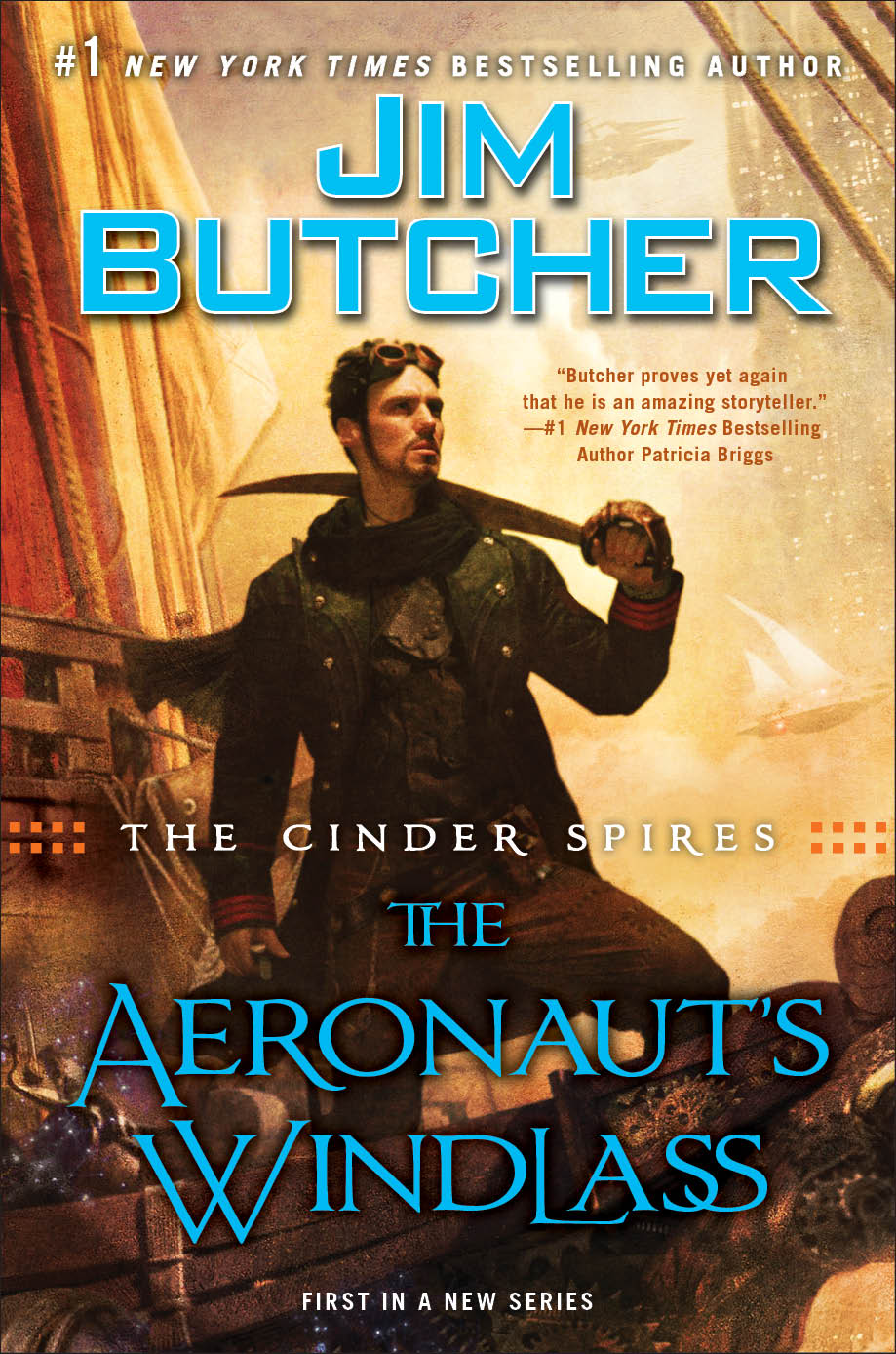In case you haven’t heard, Leonard Nimoy has passed away.
![Gage Skidmore [CC BY-SA 3.0 (http://creativecommons.org/licenses/by-sa/3.0)], via Wikimedia Commons](https://i0.wp.com/upload.wikimedia.org/wikipedia/commons/6/6a/Leonard_Nimoy_by_Gage_Skidmore.jpg)
Leonard Nimoy in 2011. Photo by Gage Skidmore
I’m not normally affected by celebrity passings, other than to offer a quick prayer. But his portrayal of Spock in The Wrath of Khan showed, to my childhood mind, the Platonic ideal of nobility and (if I’d had the word at the time) charity. It is one of the few movie scenes that actually changed the way I saw the world, and so formed my whole life. I am deeply grateful for that performance.
I don’t follow the private lives of actors. I don’t want their real world lives to impinge on the characters they portray. So I know next to nothing about Nimoy, the man. Since I don’t usually connect to actors in a personal way, it surprises me that his death brings me to tears. After all, Spock has not died. Nimoy’s death is no more and no less tragic than any other man’s. To paraphrase Donne, his bell tolls for me and for thee. But because his art impacted me so deeply, I feel it more deeply.
I suppose that is the purpose of art: to create a work that allows others to see the world more clearly, and to experience the truth viscerally. Nimoy’s work, in collaboration with his writers and directors, did exactly that for me. And I believe that he could not have played a character of such virtue so compellingly without having some experience and practice of virtue in his own life.
I have read that Nimoy was a believing Jew, who took his faith and heritage increasingly seriously as his life progressed. I am a Catholic, who believes that God loves all people of any religion or none, but that He has a special care for the Jewish people. I hope no one minds if I offer the traditional Catholic prayers for the repose of his soul.
Eternal rest grant unto him, O Lord,
and let perpetual light shine upon him.
May his soul and the souls of all the faithful departed,
through the mercy of God,
rest in peace.
Amen.

![Gage Skidmore [CC BY-SA 3.0 (http://creativecommons.org/licenses/by-sa/3.0)], via Wikimedia Commons](https://i0.wp.com/upload.wikimedia.org/wikipedia/commons/6/6a/Leonard_Nimoy_by_Gage_Skidmore.jpg)

